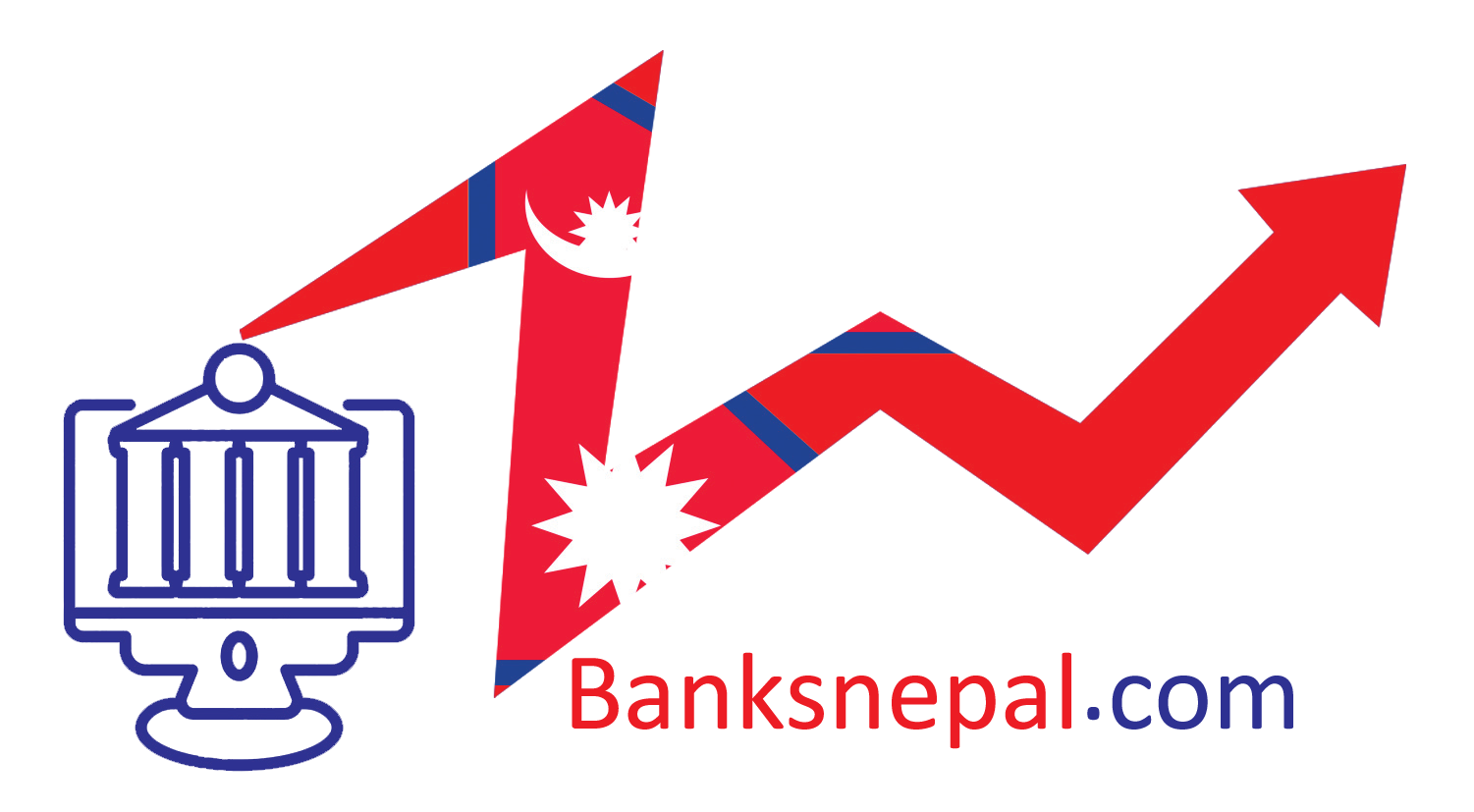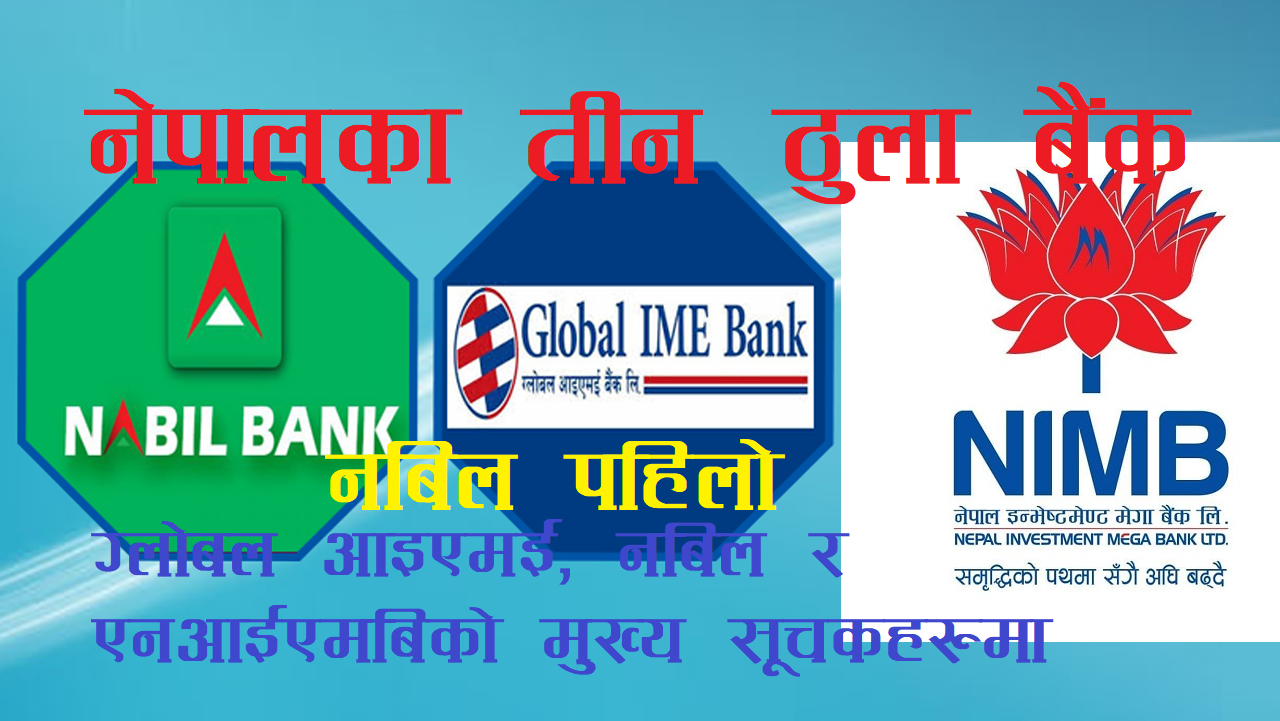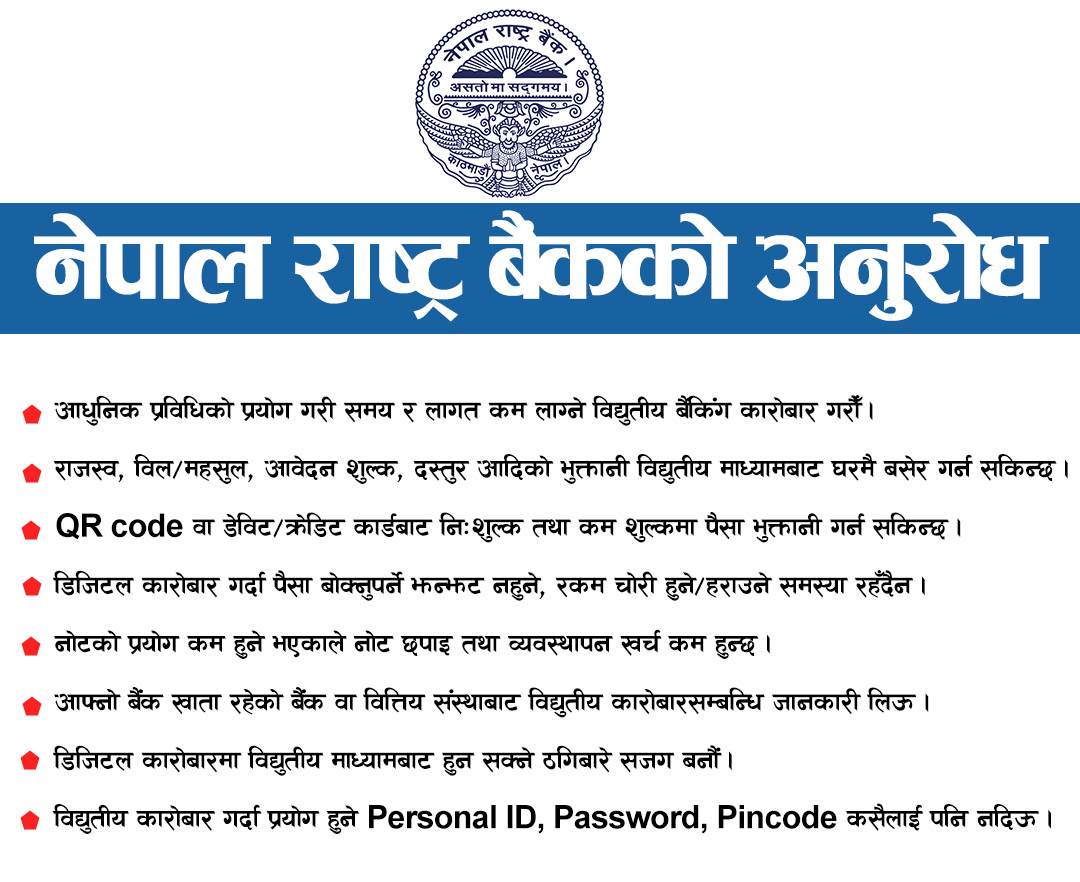
Kathmandu. Banks and financial institutions are under pressure to reduce credit flow to areas that Nepal Rastra Bank considers unproductive. The pressure on banks to reduce credit in these sectors has increased after the Nepal Rastra Bank increased the risk burden on personal overdraft, purchase of personal vehicles, real estate, share pledge and trust receipt 9TR loans. Banks and financial institutions will be able to increase the risk burden and increase the capital adequacy ratio of the banks, which will affect the credit of the sector.
As per the directive issued by NRB, banks and financial institutions have increased the risk weight of personal overdraft and vehicle purchase loan, real estate and bare collateral loan to 150 percent and trust receipt 9TR loan to 120 percent. Banks will have to implement this risk weight from 2079 BS.
So far, 75 per cent of personal overdraft loans of less than Rs 10 million and 100 per cent of other loans carry a risk burden. Based on this, banks have been calculating capital adequacy ratio.






